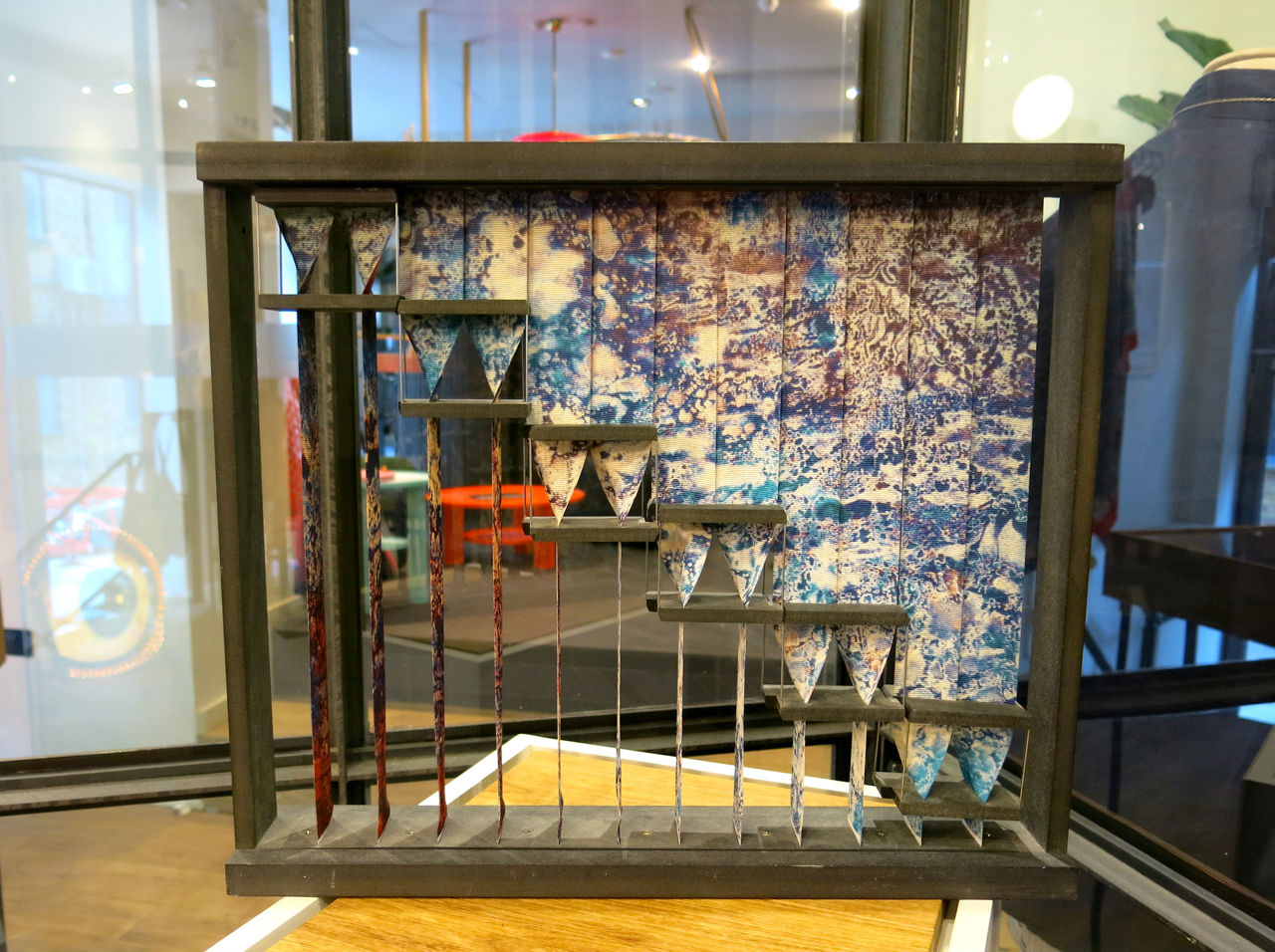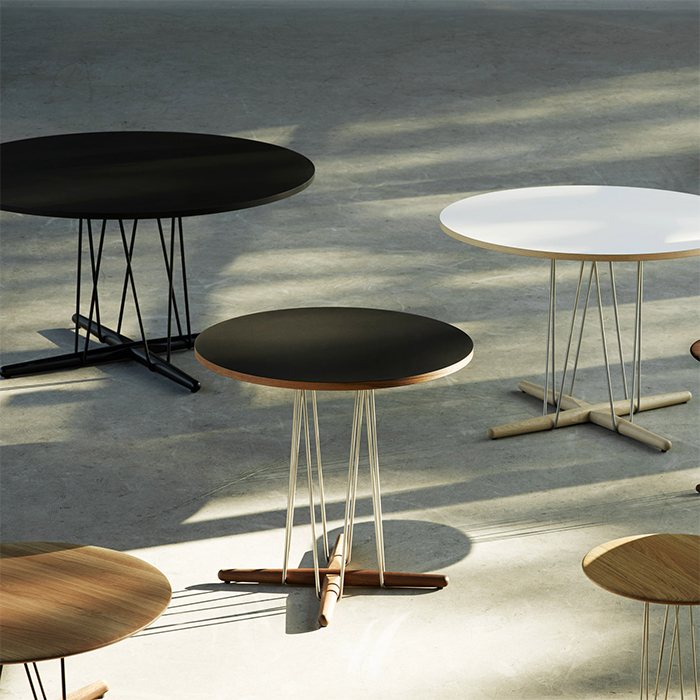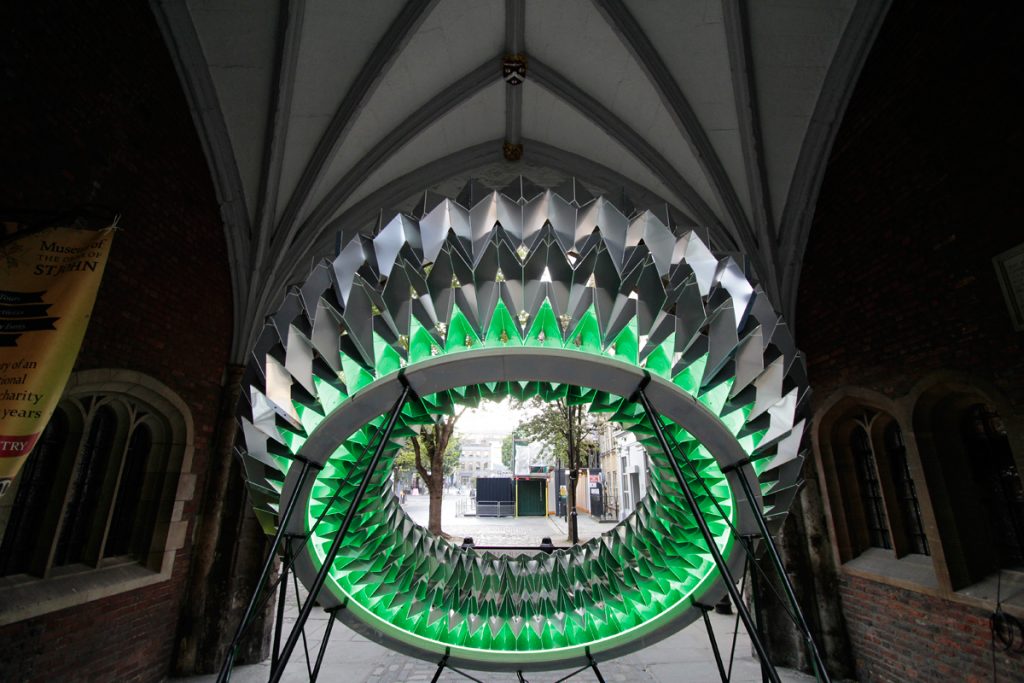Highlights from Clerkenwell Design Week 2016
Five works, from large-scale billboards to a sleek wheel chair, that captured our attention

The Clerkenwell area in London claims to be home to more creative businesses and architects per square mile than anywhere else on the planet. Whether that’s correct or not, it’s reason enough to host an annual festival to celebrate the creative talent in the area—and Londoners never dismiss the opportunity for a festival. Clerkenwell Design Week is now in its seventh year and this time the event has undergone a complete revamp, enabling exhibitors and visitors to rediscover a neighborhood that is brimming with innovative design. Among the exhibition venues this year is iconic nightclub Fabric, which has been taken over by Icon Magazine for its Icon House of Culture. Fabric hosts a number of brands in a space that still smells like cocktails and has signs announcing “Phone Off—Rave ON.” It’s a good example of how design is becoming an all-encompassing force in the area. Renault was the title sponsor for CDW, and as part of that created a competition to create concepts of autonomous cars with the graduate program in industrial design at Central St. Martins. Read on for a few of our other favorites from the three-day design feast.

Tom Dixon
If design is your religion, what makes more sense than showing your collection in a church? At Milan Design Week earlier this year, British designer Tom Dixon showed a restaurant inside a deconsecrated church; at CDW he has taken it one step further and collaborated with the St James Church, which is still in use. Among the pieces exhibited are his Curve, Flask and Fade lights, first seen in Milan, as well as pieces from previous collections. Dixon’s shiny, geometric creations fit in surprisingly well with the stained glass windows and whitewashed walls of the church. The large Curve chandelier in the main space, as well as a co-working environment and a kitchen, have all been donated to the church as permanent fixtures and will remain at St James after CDW is over, giving Clerkenwell even more local design for visitors to enjoy.

Hakfolly
The historic St John’s Gate in Clerkenwell has been brought up-to-date with a new installation by FleaFolly Architects, working with Hakwood, a Dutch wood-flooring manufacturer. The HakFolly is a 4.5m high temple of timber placed in the middle of the gate, its shape complimenting the ancient arch and referencing the area’s monastic history. The lower part of the sculpture creates a bench, making the HakFolly a good place for visitors to rest up before taking in the rest of CDW.

Benjamin Hubert at Design Undefined
Clerkenwell London, a design store and restaurant that aims to be a destination for people to discover emerging and established designers, is holding its “Design Undefined” exhibition during CDW. There, we saw some of the most interesting new pieces in the area. One of the most exciting works found across the whole festival is on display: Benjamin Hubert’s (of experience-driven agency Layer) “GO,” the world’s first 3D-printed wheelchair. The chair is a sleek, tactile thing of beauty, created with a focus on users’ needs and manufactured to fit a user’s body. Hubert has also taken over Clerkenwell London’s Vinyl Lounge to showcase some of the latest works from his studio, including the Cradle living collection made together with Moroso.

Kia Utzon-Frank at Design Undefined
One of the emerging creatives showing as part of “Design Undefined” is Kia Utzon-Frank, who was commissioned to create a bespoke version of her Louver Twisting Comb shutter system. Consisting of a control mechanism that rotates strips of flexible materials between two slits by pulling or raising a bar, the system can be used as blinds or space dividers, and is exactly the sort of new take on a traditional product that deserves to be seen by a wider audience. The apparently endlessly creative Utzon-Frank has also made special geometric KUFcakes for Clerkenwell London. They look like slabs of marble or stone sculptures, making it almost a shame to eat them—but they also taste great.

Giles Miller Studio’s “Billboards”
Creating a coherent design concept to make sure people wandering the festival are heading in the right direction must have been a bit of a head-scratcher for organizers. There are plenty of bright pink signs on the ground and walls showing the design route, but the more exciting signs happen to be Giles Miller Studio’s “Billboards” sculptures, made from square glass tiles from British Ceramic Tile. The billboards, installed in the streets of Clerkenwell, all have a subtle “swoosh” that guides you in the right direction, and the intriguing play of light and shadow on their surfaces resembles ripples on the ocean surface, and make for a captivating, yet practical design.
Lead image by Sophie Mutevelian, Halkfoly images courtesy of the brand, all other images by Cajsa Carlson












